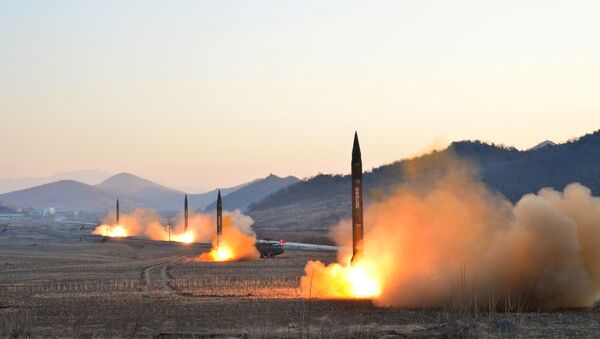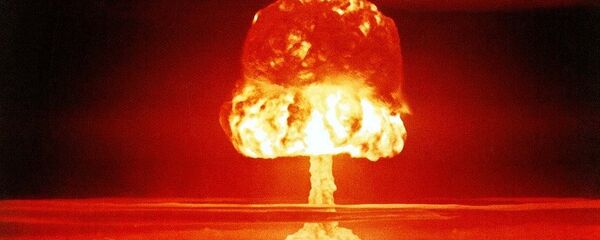Matt LoPresti, vice chairman of the committee, is asking for state funds to update Cold War-era fallout shelters. LoPresti said he doesn’t want to cause panic, but he does want Hawaiians to rest assured that their government is working to protect them in case of a crisis.
Oahu had hundreds of these shelters in 1981, according to the resolution, "many stocked with medical kits, food, and sanitary kits," that have since been discarded as funding was cut.
The resolution, now headed to the Finance Committee, reads, "Whereas, Hawaii’s prime location in the middle of the Pacific Ocean and its abundance of military commands, including the United States Pacific Command, which is responsible for military operations in an area covering more than half of the earth’s surface makes the state a strategic target … it is in the best interest of Hawaii to prepare for a nuclear disaster by updating its fallout shelter plans, including identifying useable fallout shelters and upgrading outdated fallout shelters."
Toby Clairmont, executive officer of the Hawaii Emergency Management Agency, presented legislators with a response plan that hasn’t been updated since 1985, adding that there should be a public education campaign to make citizens aware of how they can protect themselves in the event of an attack.
The legislation was proposed not long before North Korea conducted an unsuccessful missile launch, a day after a grand military parade celebrating the birthday of founding leader Kim Il-sung, grandfather of current leader Kim Jong-un.
South Korea’s Foreign Ministry released a statement afterward saying, "North Korea showing a variety of offensive missiles at [Saturday's] military parade and daring to fire a ballistic missile [on Sunday] is a show of force that threatens the whole world."






